2022 24 Hours of Le Mans Guide: A Very Familiar Race
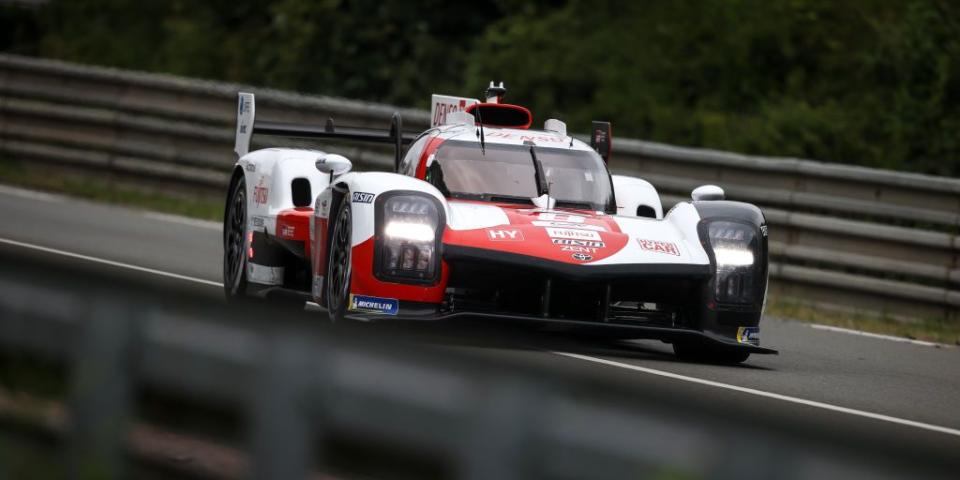
Despite all the excitement surrounding the future of the 24 Hours of Le Mans in 2023, this year's race is something of a pre-transitional moment. Porsche, Ferrari, Cadillac, Peugeot, Lamborghini, Alpine, and, potentially, expansion of Acura and BMW programs based in America are all still at least a year away from fighting for the overall win with all-new cars. GTE-Pro will eventually be replaced by GT3, but for now it's still the same three manufacturers racing in a class that currently includes two cars based on cars that have already been replaced on the road. The one-off NASCAR Camaro is still a year away, too. If all that sounds familiar, yes, this is almost exactly like the 2021 race.
But Saturday's race still counts in the history books as a 24 Hours of Le Mans, so there are still stakes. Here's what you need to know.
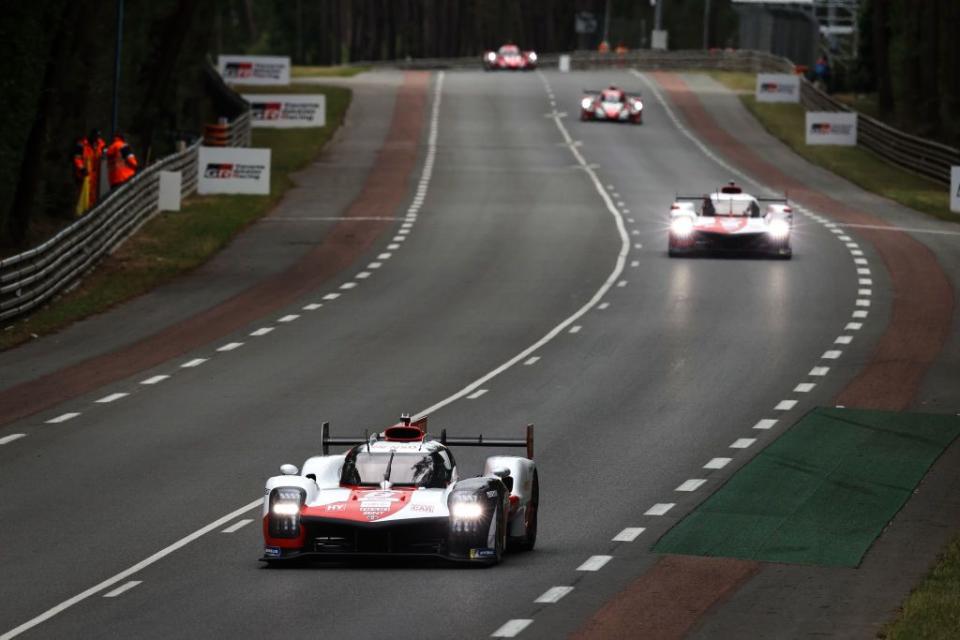
Toyota's going to win, right?
Almost certainly! As the only true factory entry in the race, Toyota's two GR010 Hypercars are the runaway favorites to take what would be the company's fifth straight win at the 24 Hours of Le Mans. They'll lock out the front row, too, thanks to a strong effort in today's "Hyperpole" qualifying. Alpine and Scuderia Cameron Glickenhaus are also racing in the top class, but neither car is a hybrid and Alpine's car is actually a grandfathered-in LMP1 car built by Rebellion Racing ahead of a factory effort by the manufacturer itself scheduled for 2024. Again, neither are hybrid, and neither have gone through as rigorous a development plan as the Toyota. As such, neither are expected to be as reliable.
What that means is, while the gaps behind the Toyotas may be smaller now than they were in the LMP1 era, anything but a win for Toyota would be a shocking upset. That's by design, as this race is ultimately built around factory-backed prototypes and the prestige that comes to a manufacturer with winning overall. It has been a long time since a fully private effort has won at Le Mans, though I'm sure all of you Rondeau fans are just itching for one.
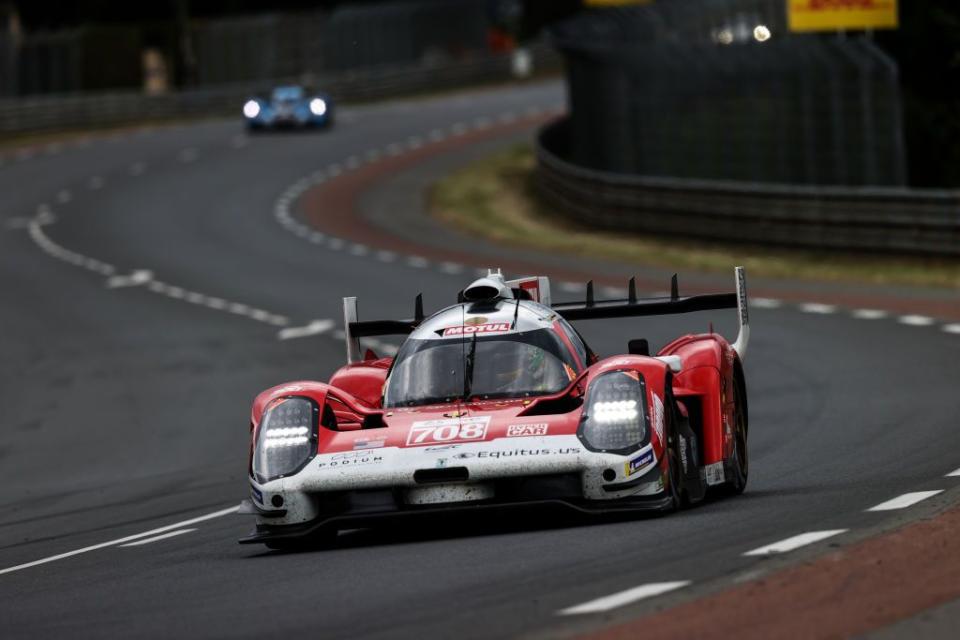
So how does Toyota lose?
As the GR010 has no natural competitors right now, Toyota generally does not enter an additional car at Le Mans. In a race where anything can and will happen, that means they have very little margin for error even if their car is as dominant in race pace as most expect. Any single issue for one car, whether that's mechanical or related to an incident on track, would put one of those cars into catch-up mode. If the issue costs more than about 20 minutes, it might be an unrecoverable gap. Sometimes, even four-car entries from manufacturers aren't enough redundancy to overcome the chaos of Le Mans. So far, two has been more than enough for Toyota.
Last year, Toyota's margin of victory was four laps over the other Hypercar competitors. That comes out to some 14 minutes on track, but neither car was forced to push hard late in the race after the lead was built. In practice, the GR010s can probably build a bigger lead over 24 hours and can probably close a bigger on-track gap after any issue that sends them behind the wall. Without a significant improvement from their 2021 speed, Alpine and Glickenhaus would need more than a couple flat tires to fight the leading Toyotas. Not that anything bad ever happens to the Toyota Le Mans effort!
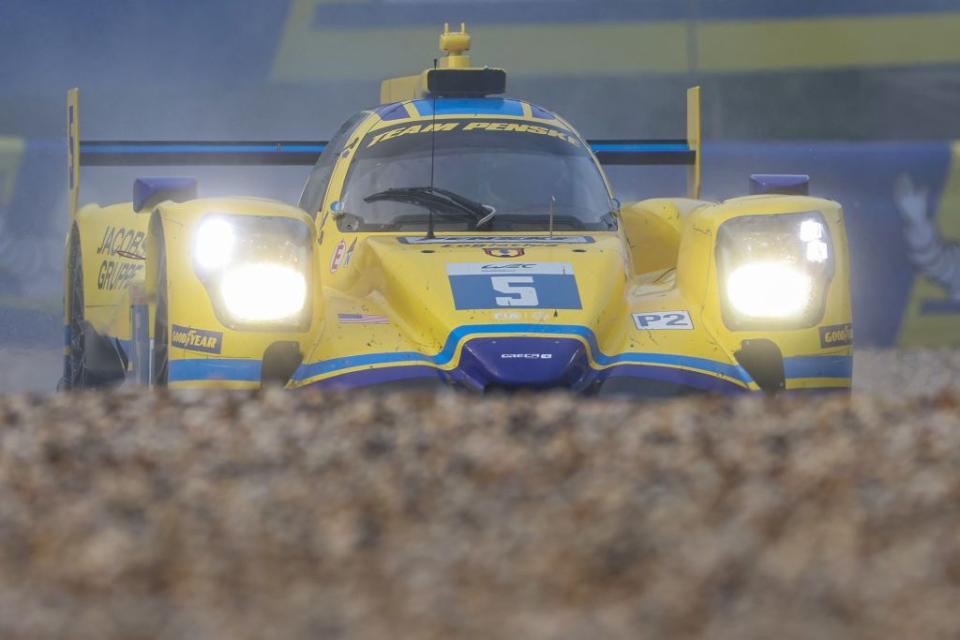
What about the other 27 prototypes?
In part because the top-level prototype field is so small, almost half of this year's 24 Hours of Le Mans grid is made up of LMP2 cars. This is not a spec class; there are four different legal chassis options available to LMP2 teams. The Oreca, however, has long proven to be the best of these chassis options at Le Mans, so 26 of the 27 cars in the class are Orecas. All are powered by the same spec Gibson engine, so there's no variation there, either.
There is, however, a good amount of talent, and a lot of that talent will be headed for factory teams next year. A couple of those teams, Team Penske and AF Corse, will actually be running Hypercar programs for factory outlets themselves. Two of Team Penske's drivers, Dane Cameron and Felipe Nasr, are already confirmed to be a part of that Porsche operation.
They aren't the only highlight names. With LMP2 being the best chance for a driver to prepare themselves for a run at an overall win next year, the field is full of pros targeting prospective prototype rides in an upcoming massive expansion of available Hypercar seats. Esteban Guttierez, Robert Kubica, and Will Stevens join Nasr as former F1 drivers looking for their shot at the overall title next year. Formula E's Robin Frijns and Antonio Felix da Costa are here, as are former IndyCar drivers Ed Jones and Sebastien Bourdais. Even WRC star Sebastian Ogier is in this class, part of what he hopes will be a ramp-up to a run in the Toyota GR010 in the future.
But, even with 27 cars, LMP2 is not always a great battle. Two or three are generally left over to fight for the win at the end, but the combination of uneven lineups (ten of the 27 are pro-am teams with two amateur drivers rather than one) and surprising unreliability generally leaves this class as the one hit hardest by attrition overnight. If we get a good LMP2 fight, savor it.
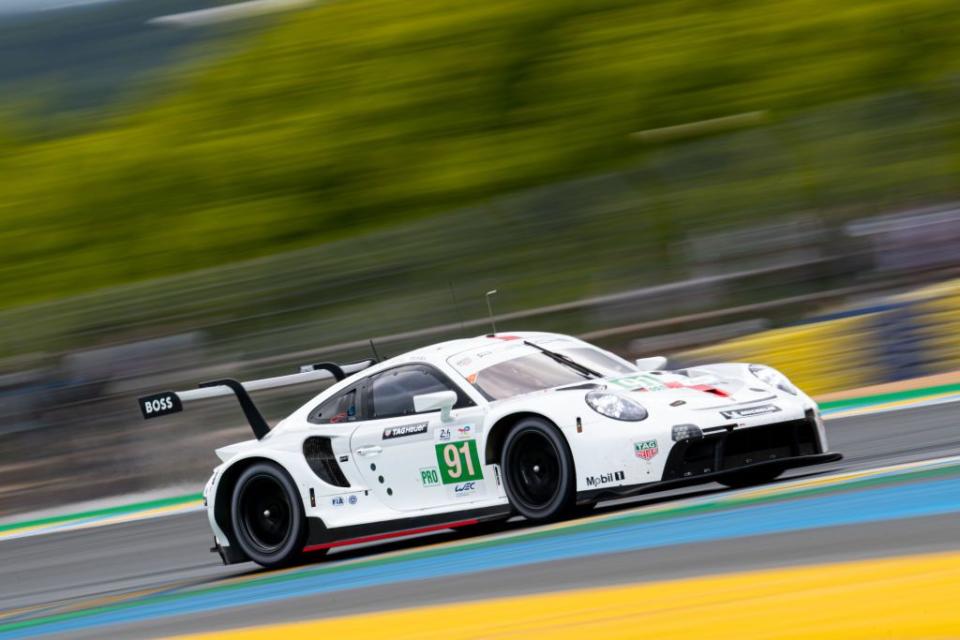

 Yahoo Autos
Yahoo Autos 